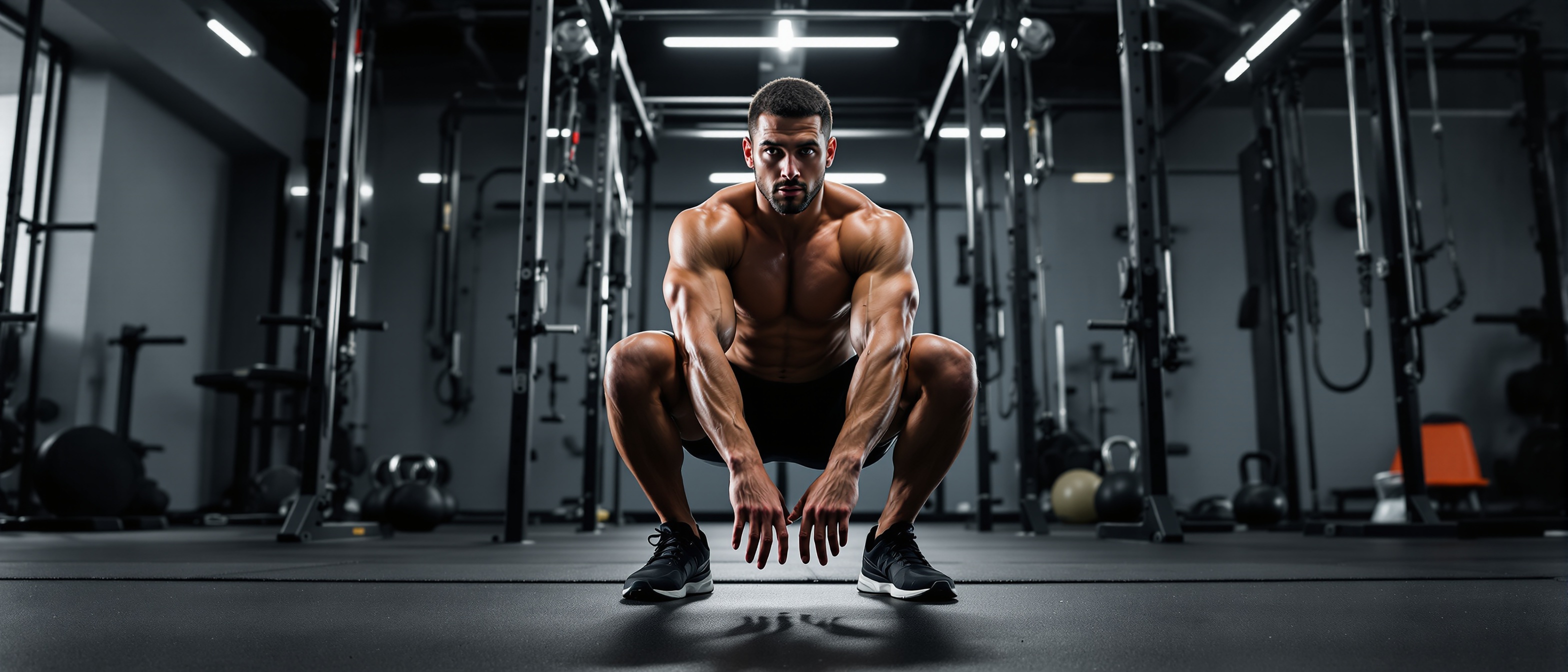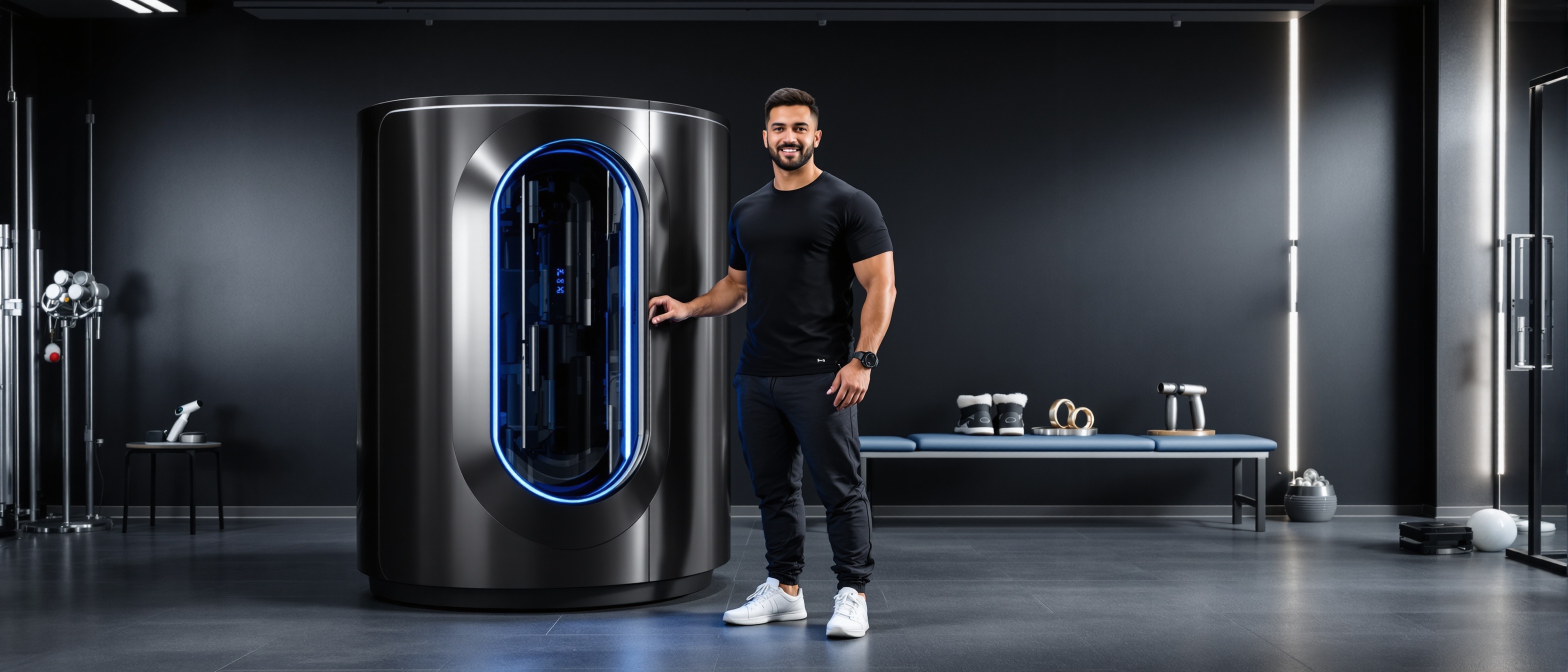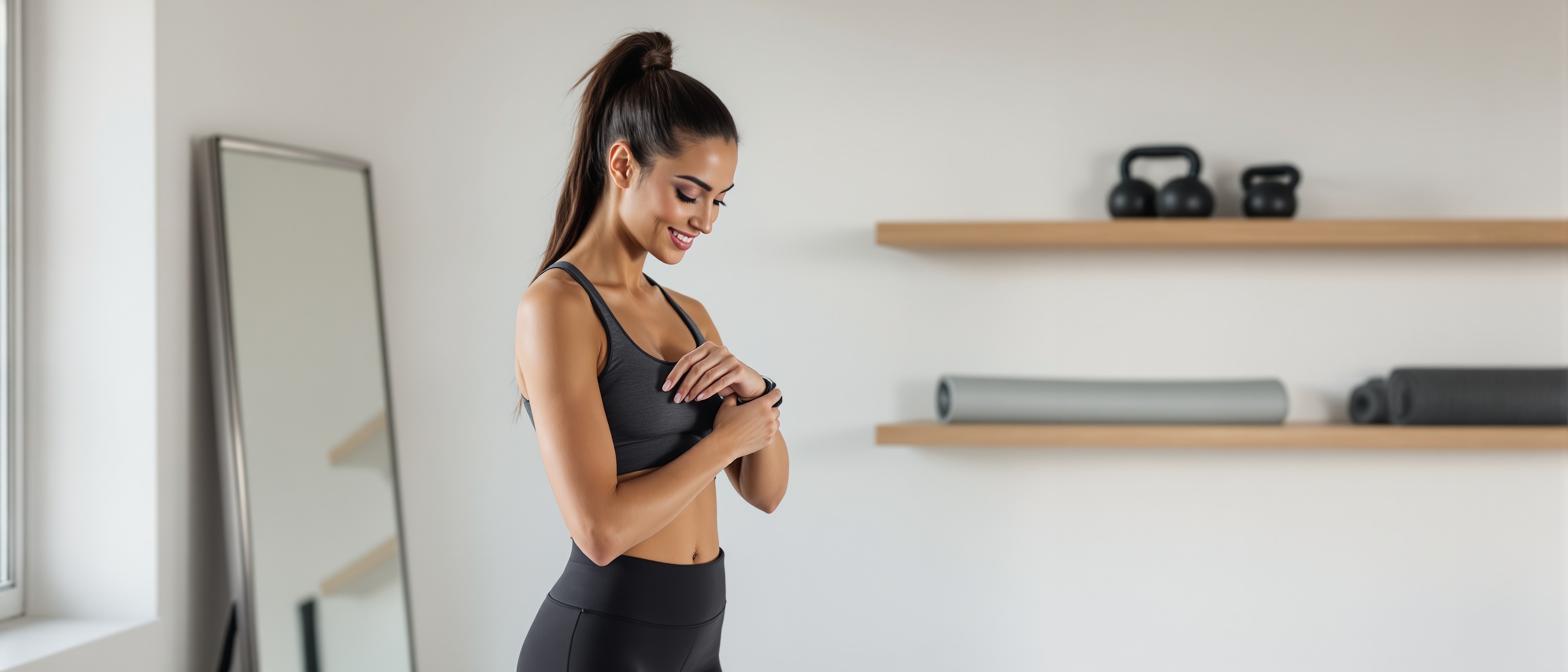The Knee Myths Destroying Your Training Forever
Your knees creak when you stand up from your desk. They ache after leg day. And every time you scroll through fitness forums, someone's debating whether squats are "safe" or "knee destroyers."
Here's what nobody wants to admit: most of what you think you know about knee health and strength training is dead wrong.
I spent three years collecting stories from lifters, physical therapists, and sports scientists. What I found will make you question everything you've been told about protecting your knees—and might actually save your training career.
The Numbers Don't Lie (But Your Gym Buddy Might)
First, let's talk reality. Nearly 25% of adults experience knee pain in any given year. Among gym-goers? That number jumps even higher. But here's the plot twist: it's not because lifting is inherently dangerous.
Most knee issues in the gym stem from three culprits:
- Poor movement patterns (think: knees caving inward during squats)
- Training errors (doing too much, too soon, with terrible form)
- Muscle imbalances (weak glutes letting your knees take the beating)
Notice what's not on that list? "Squatting below parallel" or "lifting heavy things."
Yet walk into any commercial gym, and you'll hear the same tired advice: "Don't let your knees go past your toes," "Stop at 90 degrees," "Leg extensions will destroy your ACL."
Sounds reasonable, right? Not exactly.
The Myths That Keep You Weak
Myth #1: Deep squats are knee killers
Here's what actually happens when researchers put deep squats under the microscope: they're not just safe—they might be better for your knees than partial squats.
A 2024 review in Frontiers in Sports and Active Living found that full-range squats don't increase injury risk when performed with proper technique. In fact, they create more balanced muscle development and joint stability.
The catch? Your technique needs to be dialed in. But that's true for every exercise, not just deep squats.
Myth #2: Knee pain = immediate injury
This one's particularly damaging. The moment someone feels knee discomfort during training, they're told to stop everything and "rest it out."
But knee pain isn't always injury. Sometimes it's your body's way of saying "I'm not ready for this load" or "something in my movement chain is off." Complete rest often makes things worse by allowing muscles to weaken and movement patterns to get rustier.
Research consistently shows that appropriate, progressive loading can actually reduce knee pain—even in people with conditions like osteoarthritis.
Myth #3: Machines are safer than free weights
Leg extensions get a bad rap, but the real problem isn't the machine—it's how people use it. Loading your knee in isolation with maximal weight while your supporting muscles check out? That's asking for trouble.
But here's the kicker: poorly performed barbell squats can be just as problematic. The tool isn't the issue; it's the application.
What Actually Works (The Unsexy Truth)
Ready for the plot twist that changes everything? The best knee protection strategy isn't about avoiding certain exercises—it's about earning the right to do them.
Start with movement quality, not weight
Before you worry about squatting 2x bodyweight, can you perform a bodyweight squat without your knees diving inward? Can you balance on one leg for 30 seconds without wobbling?
These aren't sexy benchmarks, but they're predictive ones. Poor movement quality under light loads becomes dangerous movement quality under heavy loads.
Build from the ground up
Your knees are middle children—they get blamed for problems created by dysfunctional ankles and weak hips. A comprehensive approach addresses the whole kinetic chain:
- Ankle mobility: Can you dorsiflexion adequately for a deep squat?
- Hip stability: Are your glutes actually firing, or are they on vacation?
- Core control: Can you maintain spinal position under load?
Progressive overload with purpose
Here's where modern apps like WorkoutWave actually shine. Instead of blindly following a cookie-cutter program, AI-driven platforms can adjust your training based on how you're responding. Feeling some knee irritation? The system might dial back intensity while maintaining movement quality work.
This isn't about being soft—it's about being smart. Your body gives you feedback; successful trainees listen to it.
The Recovery Protocol That Actually Works
When knee issues do pop up (and they might), here's what the research actually supports:
Don't go full couch potato
Complete rest is rarely the answer. Instead, dial down to pain-free ranges and loads. If full squats irritate your knee, try box squats or partial ranges. Keep moving, just modify intelligently.
Address the real culprits
Knee pain often originates elsewhere. Hip flexor tightness can alter your squat mechanics. Weak glutes can cause knee valgus. Poor ankle mobility can shift stress to your knees.
This is where having access to exercise alternatives becomes crucial. Can't squat comfortably? Try goblet squats, Bulgarian split squats, or even reverse lunges. The goal is maintaining strength and movement quality while avoiding aggravation.
Load progressively, not aggressively
Your tissues adapt on a timeline, not yours. Tendons and ligaments strengthen slower than muscles. What feels "too easy" might be exactly what your knees need to build resilience.
The Long Game (Why This Actually Matters)
Here's the truth nobody talks about: your training decisions today determine your movement quality in 20 years. Skip the movement foundation work now, and you'll pay for it later with surgeries, limitations, and a body that betrays you when you need it most.
But nail the basics—build movement quality, respect the process, and train intelligently—and you're setting yourself up for decades of strong, pain-free training.
The lifters who are still crushing it at 50, 60, and beyond? They didn't avoid challenging exercises. They earned the right to do them properly and kept earning that right every single session.
TL;DR: The Real Deal
• Deep squats aren't knee killers—poor technique is • Knee pain doesn't always mean injury; it often means "fix your movement or dial back the load" • Machines vs. free weights isn't the debate; proper application of both is • Movement quality beats heavy weights every single time • Your knees are only as strong as your weakest link—usually your hips or ankles • Progressive loading works better than complete rest for most knee issues • The goal isn't avoiding challenging exercises; it's earning the right to do them safely
Your knees aren't fragile. They're not ticking time bombs waiting to explode. They're incredibly robust joints that can handle impressive loads—when you set them up for success.
Stop letting outdated myths limit your potential. Start building the movement quality and strength that will serve you for life. Your 70-year-old self will thank you.
Sources
https://www.menshealth.com/fitness/a62629358/ai-personal-training-fitness/





